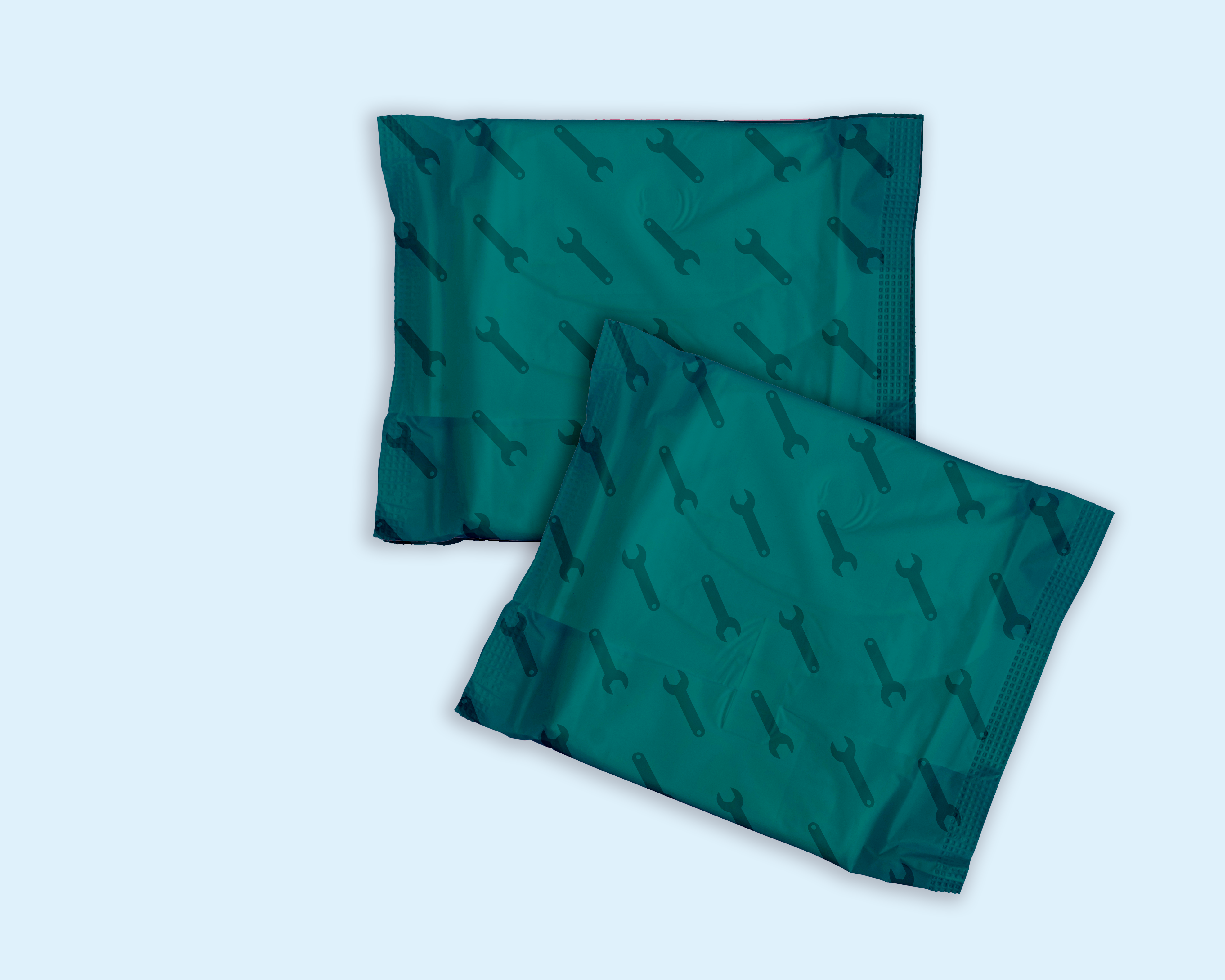Periods and the exclusion of non-binary, transgender, and intersex people

It is no secret that there is a social taboo regarding menstruation, which is harmful to those experiencing periods (e.g., difficulty in accessing period products; OHCHR, 2022). However, women have come together and campaigned for improvements over the last decades, bringing positive developments. For example, Spain approved a bill that provides menstrual leave for women with heavy period pains (The Associated Press, 2023). Scotland is one of the few countries providing free period products for anyone who menstruates (The Scottish Government, 2022).
So why is it that some people that menstruate feel excluded? According to Brantelid et al. (2014), people with similar experiences (e.g., having a period) can bond. However, in this case, not everyone with a period is part of that solidarity between women. I think it has to do with the focus on women regarding periods. Menstruation is so connected to “womanhood” that the discourse neglects people of any other gender that menstruate, either deliberately or not.
These positive developments are thanks to women and their united power. This solidarity between women could be due to the shared experience and mutual understanding (Brantelid et al., 2014). In other words, periods can bond people together. Brantelid et al. (2014) call that “female bonding.” However, the term only refers to cisgender (i.e., a person’s gender corresponds with their sex registered at birth) women, but they are not the only people to menstruate.
Menstruation is generally known as “the beginning of womanhood”, so I can imagine it being hard for trans, intersex, and non-binary people to get their period every month and what that means for their gender identity. This assumption is confirmed in research by Frank (2020): A participant explained that they felt like a boy growing up, but when they got their first period, they felt insecure, saying: “Oh shit, this means I’m definitely a girl” (Frank, 2020, p. 384). This person’s gender identity was invalidated when getting their first period.
While it is unclear how many, some menstruating persons do not fit the label “woman.” These could be transgender (trans) men, intersex people identifying as men, and non-binary persons. Research on them and menstruation are scarce, but around 1.6% of US adults are transgender or non-binary (Pew Research Center, 2022), so it is safe to say that it affects many individuals. While they all experience a monthly bleed, they are left out of the conversation about periods, but they are also left out of this joined force that consists of women menstruating and campaigning for changes. Frank (2020) conducted interviews about menstruation with trans and non-binary people. In an interview, a non-binary person voiced their concern about feeling somewhat included because they menstruate, but they mostly feel excluded because they are not a woman (Frank, 2020).
The feeling of entering “womanhood” is not the only aspect of menstruation that focuses on women because the products used while bleeding also centralise women. A distinct example of this is the packaging of period products. The packaging is often pink and purple with flowers all over it. In big letters, it says “women’s health,” while the products can be found in the “female hygiene” aisle (Colvin, 2021; Frank, 2020). In one of Frank’s (2020) interviews, a participant mentioned that this makes it hard for them to use period products because the packaging makes it clear that it is not for anyone other than women, invalidating their gender (Frank, 2020). Having a period once a month is already uncomfortable enough, so having your gender be invalidated every time you use essential sanitary products solely due to the packaging should not be harmful. It hurts trans, intersex, and non-binary people. While they are a small part of the menstruating population, they should not be excluded from the conversation. As a result, my research question is: How to design an inclusive discourse about menstruation?
Note: the Reference list can be found on the next page.